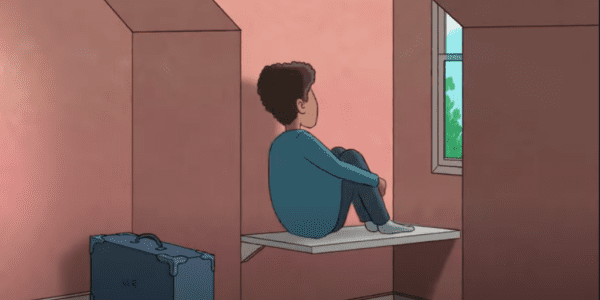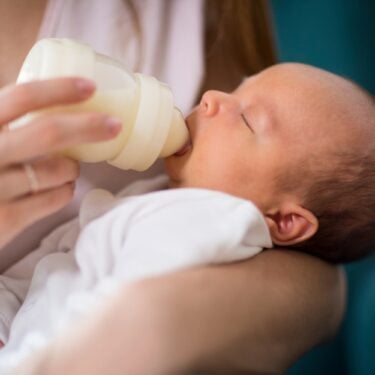
23/06/14
2 min read
Approximately one in every three care applications concerns a mother who can be described as a repeat client of the family court according to initial findings from a study that captures the scale and pattern of recurrent care proceedings for the first time.
Funded by the Nuffield Foundation, the feasibility study was led by Dr Karen Broadhurst at the University of Lancaster. Using data from the Child and Family Court Advisory Service (CAFCASS) on cases completed between 2007 and 2013, the research team found that 7,143 birth mothers appeared in 15,645 recurrent care applications concerning 22,790 infants and children. Mothers appearing in recurrent cases are very young; 19% are aged 14-19 years of age at first care application and in 50% of all cases, mothers are aged 24 or less. Work is ongoing to establish what can be learned about fathers in recurrent cases.
Local authorities issue care proceedings in cases where legal intervention is deemed necessary to secure the safety and well-being of children. The continued high volume of care applications made annually by local authorities has prompted searching questions about the ‘repeat clients’ of the family court. In particular, members of the judiciary have raised concerns about birth mothers who they see appearing and re-appearing before them, only to lose successive infants to public care or adoption.
The study also found that recurrent care proceedings follow in short succession, most commonly prompted by the birth of another infant. From this, the research team inferred that mothers are pregnant again, either during the first set of proceedings, or shortly after. In addition, in 42% of cases, the local authority will issue a care application within the first month of an infant’s birth. This pattern raises questions about prevention because mothers will have very little time to effect change between episodes of care proceedings. This observation is confirmed by the profile of final legal outcomes, which suggests that in only a small percentage of cases, infants or children remained at home or were returned to their birth mothers.
The research team recommends that agencies must help mothers to extend the window between their pregnancies as part and parcel of a multi-faceted approach to rehabilitation. In addition, attention needs to be paid to the court process, to ensure that the family court maximises the engagement of teenage or very young, vulnerable women and their families.



















































